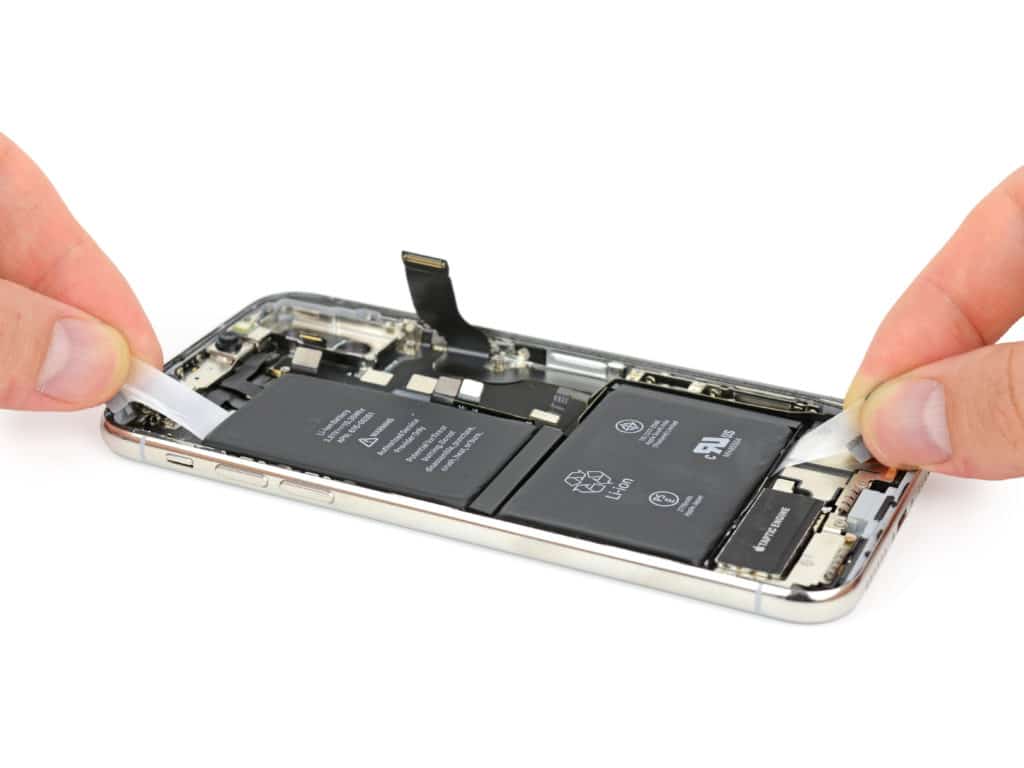
Apple is reportedly working on a new battery coatings alongside US Government. A new patent from Apple explains how cathode active materials can be used for lithium-ion batteries.
This invention was made with U.S. government support under WFO Proposal No. 85F59. This invention was made under a CRADA 1500801 between Apple Inc. and Argonne National Laboratory operated for the United States Department of Energy. The U.S. government has certain rights in the invention.
It is very common for transition metals from the cathods to dissolve into the electrolyte. Typically dissolution is minimized by applying a aluminium oxide or aluminium flouride coating. However, such a coating results in energy density loss in the battery. Thus we need to develop a coating that doesnt affect battery performance.

The patent mentions certain coatings that will help achive better energy retention and average voltage. It covers a blend of surface coaring and lithium-ion cathode material that will help retain energy and improve cycle retention as opposed to the traditional alumina coating. In other words, the battery will last for more charging cycle while being more effiecient.
The battery cell is made up of different layers stacked on one another. It includes an active anode material, cathode material and a separator. Furthermore, the battery replaces alumina coating with LLGO or lithium-ion oxide containing lanthanum and germanium. This arrangement helps increase average voltage and better energy retention.
According to Apple’s patent the coating can be used on batteries powering iPhone, iPad, iPod, Apple Watch, and even Macs. Since US government has rights to the invention the new battery coating could be used in military equipments and other related applications.
[via USPTO]